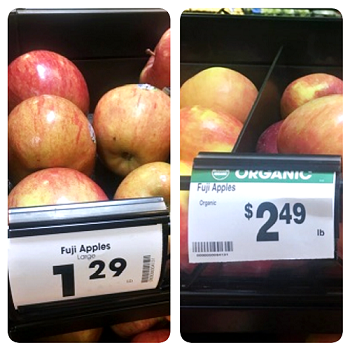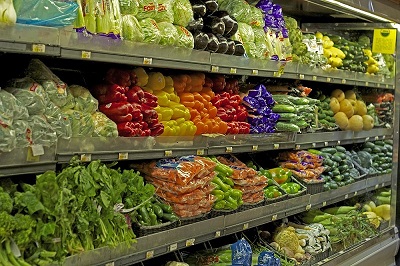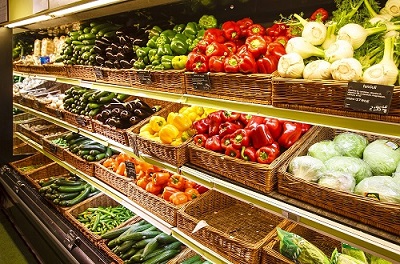Just when the organic produce industry gains new customers, another challenge comes along.
There are several factors that shoppers consider in making their decision to purchase produce items—freshness, quality, condition, and size are top criteria. The retail price, however, plays a major role in determining whether an item is purchased.

Price Variance-Fuji Apple Prices
Consumers, in general, are finicky when it comes to retail pricing and will limit their spending to only what they can afford. What happens when mass price increases are in the works? While weekly price increases and decreases are normal in the produce department, if prices are raised across the board, it can significantly impact consumers' buying habits. This may be happening now as food inflation is on the rise.
When the COVID pandemic hit, it prompted consumers to stockpile food, creating product shortages. As supplies became tighter, retail prices increased.

According to the USDA, food inflation in grocery stores is estimated to rise 2.3 percent in 2022 and 2.1 percent in 2023. Restaurant prices, in turn, have increased 4 percent this year.
As conventional produce prices begin to intensely increase due to inflation, organic retail pricing will likely do the same. And with organic produce typically priced higher than conventional, it could slow down overall organic sales and volume movement.
For those consumers considering a switch to organics, will they have second thoughts after seeing much higher retail pricing and hold off?
The following are some dynamics of an inflationary environment to keep in mind:
- Retailers — With all the additional expenses tied to COVID-related safety measures, retailers will not be able to bear the escalating product costs and will have no choice but to pass them on to the consumer. Raising retail prices should be performed on a gradual scale to prevent organic produce customers from switching to conventional.
- Consumers — Shoppers always see inflation as a threat to their finances. Food budgets are a big concern, and consumers will become more price sensitive if they feel strapped for cash.
- Labor — Shortage of labor is a huge challenge for retailers as they struggle to hire workers. The scarcity of trucks and truck drivers adds to the supply shortages. The lack of labor may lead companies to have to offer higher wages to attract workers, which in turn will drive retail prices higher.
Price Variance-Yellow Bell Peppers
- Revenue — Rising costs are causing pressure on profit. Many retailers are trying to stay above water, so they will likely need to raise prices.
- Promotions — Consumers always look for better ad deals during inflationary times. Value pricing the most popular organic produce items in ads will help promote a low-price image.
- Data — Data-driven pricing strategies are readily available and can be used to wisely set retails.
- Shrink — The higher the retails, the more resistance there is from customers to make a purchase. Overly priced organic produce will slow sales and result in excessive waste.

The world is changing, and consumers are aware of rising prices in many areas, such as utilities, gasoline, and other basic costs. One of the categories that consumers tend to cut back on during price inflation is food spending—they change their shopping habits to economize product selection.






